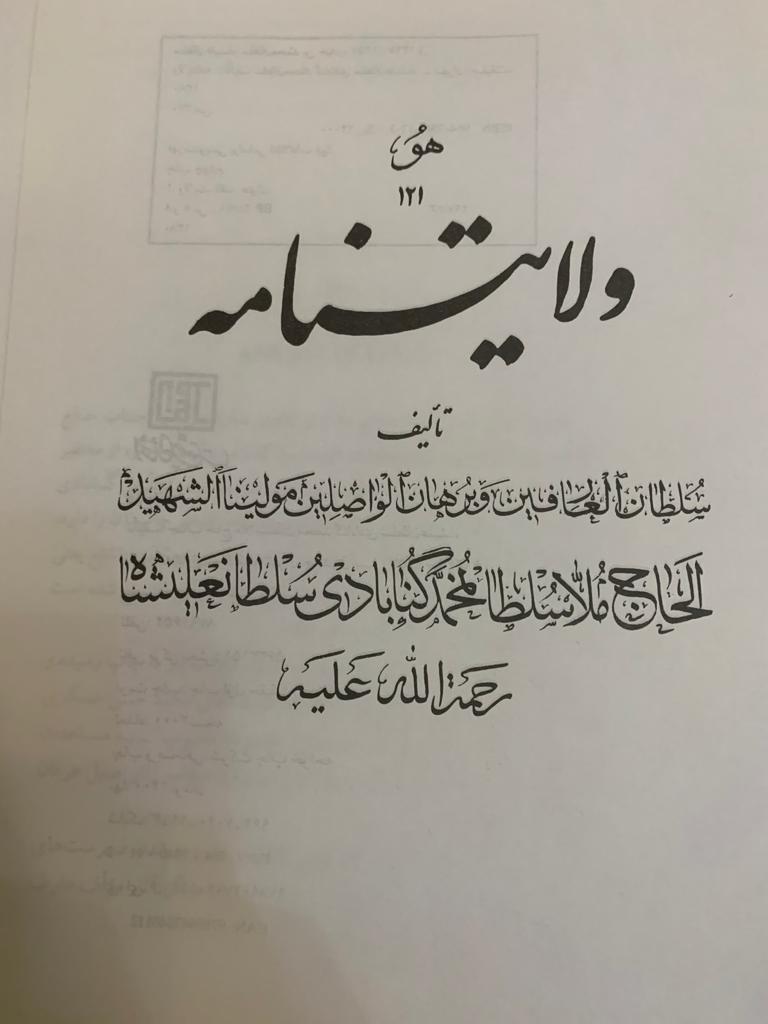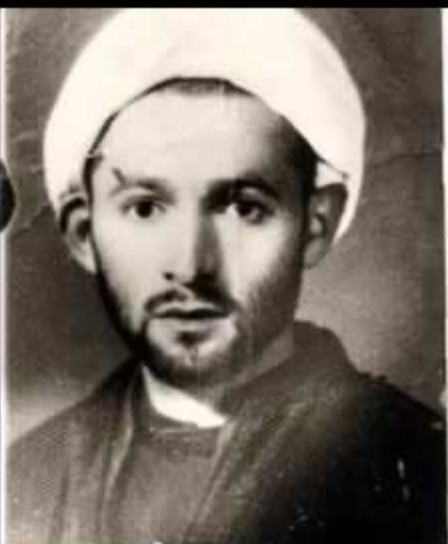Back in 2011 I was standing on a pavement in Qum taking a picture of a small car park - and being rather quick about it - because until a few years before it had been a centre for the #Gunābādī #Sufis - a thread on #Shii #Sufism 1/
The place of #Sufism within a #Shii context since the #Safavid period has increasingly become contested but orders have survived into the present and different levels of accommodation found in post-79 #Iran 2/ 





The late Leonard Lewisohn's two part article in #BSOAS is a useful if at times polemical summary of the #Sufi orders in modern Iran and their history cambridge.org/core/journals/… 3/
Similarly Matthijs van de Bos' book Mystic Regimes studied the nature of #Sufism in Iran since the Qajar period brill.com/view/title/7832 4/ 

The main #Shii #Sufi order has been the #Nimatullahi a classic example of an order that gradually started as philo-Shii and became #Shii over time - here is the official site of the Nūrbakhsh branch of the order which is best known in academic circles nimatullahi.org 5/
The eponymous founder was Shāh Niʿmatullāh Valī (1330 Aleppo–Mahan 1431) a poet who claimed descent from the Prophet (through Imām Mūsā b. Jaʿfar al-Kāẓim - as the Safavids did a bit later) and whose tastes were for the metaphysics of #IbnArabi 6/ 





Like most central Asian and Iranian Sufi orders in the middle period, they trace their spiritual descent from the Prophet through the Imāms to ʿAlī al-Riḍā and then through Maʿrūf al-Karkhī through a Khurāsānī lineage to Valī 6a/
As the Niʿmatullāhī author Maʿṣūm ʿAlī Shāh (d. 1926) shows in Ṭarāʾiq al-ḥaqāʾiq there are twenty or more such lineages that go through Maʿrūf 6b/ 



In the Safavid era, the order was openly #Shii as indicated by their symbol of two axes with Yā ʿAlī on their blades and hū for God in middle and the kashkūl indicated the poverty of the adepts at the bottom with the numerical 110 for ʿAlī above 7/ 

but as #Safavid intolerance for Sufi orders increased they went into exile in the Deccan only returning in 18th century to Iran with Riżā ʿAlī Shāh Dakkanī (d. 1204/1799) iranicaonline.org/articles/dakan… and also see sufism.ir/rahbaran-tarig… 8/
The period in the Deccan and relationship with the Bahmani sultanate and its successors is a different topic for another thread archive.org/stream/maherna… 8a/ 

As with many orders and with the changing social and political circumstances, there were disputes over succession, emphasis and engagement with politics 9/ 



By the late 19th century three branches emerged - the Munawwar-ʿAlī-Shāh (d. 1884) and Mūnis-ʿAlī-Shāh (d. 1953) ending with the Nūrbakhsh lineage that is most popular outside Iran, the Ṣafī-ʿAlī-Shāh (d. 1899), and the Sulṭān-ʿAlī-Shāh (d. 1909) known as the Gūnābādī line 10/
The Gūnābādī lineage were traditionally more connected with the #Shii ʿulema - Saʿādat-ʿAlī-Shāh (d. 1876) and Sulṭān-ʿAlī-Shāh (d. 1909) were closely associated with the study of philosophy and #irfan and Mullā Hādī Sabzawārī (d. 1873) among others 11/ 



Alessandro Cancian is currently writing a monograph on Sulṭān-ʿAlī-Shāh, who was prolific: a large Qurʾanic exegesis Bayān al-saʿāda in Arabic and Persian, as well as an account of his spiritual master, and a work on spiritual authority and sovereignty Valāyatnāma 12/
See this on the tafsīr iis.ac.uk/news/qur-anic-… 12a/
He was succeeded by his son (the lineage became hereditary as is often the case with Sufi orders) Nūr-ʿAlī-Shāh (d. 1918) and then after he was murdered, by his son Muḥammad Ḥasan Ṣāliḥ-ʿAlī-Shāh (1891-1966) 13/ 

Ṣāliḥ-ʿAlī-Shāh's main work was a book of homiletics on the comportment of the adepts of the order Pand-e Ṣāliḥ and the stages of the spiritual path and its practices such as zikr 13a/ 







He was succeeded by his son Sulṭān Ḥusayn Tābandeh Riżā-ʿAlī-Shāh (d. 1992) who wore the clerical garb and had relatively good relations earlier with Ayatullah Khomeini kayhanlife.com/people/the-gon… 14/ 

There have been rumours that Khomeini and his ancestors had links to the Nimatullahi order - and certainly Gramlich among others suggests that the seminary lineage associated with Sayyid ʿAlī-Qāżī and ʿAllāmeh Ṭabāṭabāʾī is a branch known as the Ḥujjat-ʿAlī-Shāh lineage 14a/
Sulṭān Ḥusayn Tābandeh's main work is a commentary on the Universal Declaration of Human Rights books.google.co.uk/books/about/A_… 14b/
Sulṭān ʿAlī Tābandeh Maḥbūb-ʿAlī-Shāh (1947-1997) wrote an account of his father that is a useful summary of the theology and mysticism of the order and somewhat reminiscent of Ṭihrānī's biography of Sayyid Hāshim Ḥaddād - a modern #Shii hagiography 15/ 



The last head was Majzūb-ʿAlī-Shāh Nūr ʿAlī Tābandeh (1927-2019), brother of Sulṭān Ḥusayn Tābandeh and he served as a judge and met Henry Corbin in the pre-1979 period 16/ 

In recent years the order has come under greater scrutiny and attack - refworld.org/docid/551e5dd1… 17/
There have also been studies of the social sphere - see this recent Columbia PhD academiccommons.columbia.edu/doi/10.7916/D8… 18/
Another way to keep track is their official news and events page majzooban.org/fa/ 19/
despite these challenges, and as many including @docstobar have shown, #Sufism and other forms of spirituality remain popular and attractive in Iran and the Gūnābādīs are clearly a major feature of the spiritual landscape 20/
• • •
Missing some Tweet in this thread? You can try to
force a refresh
























